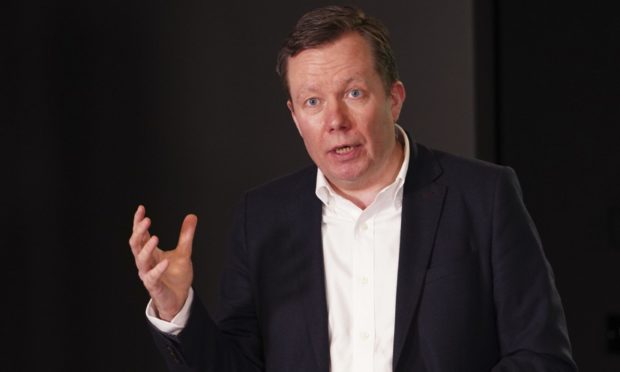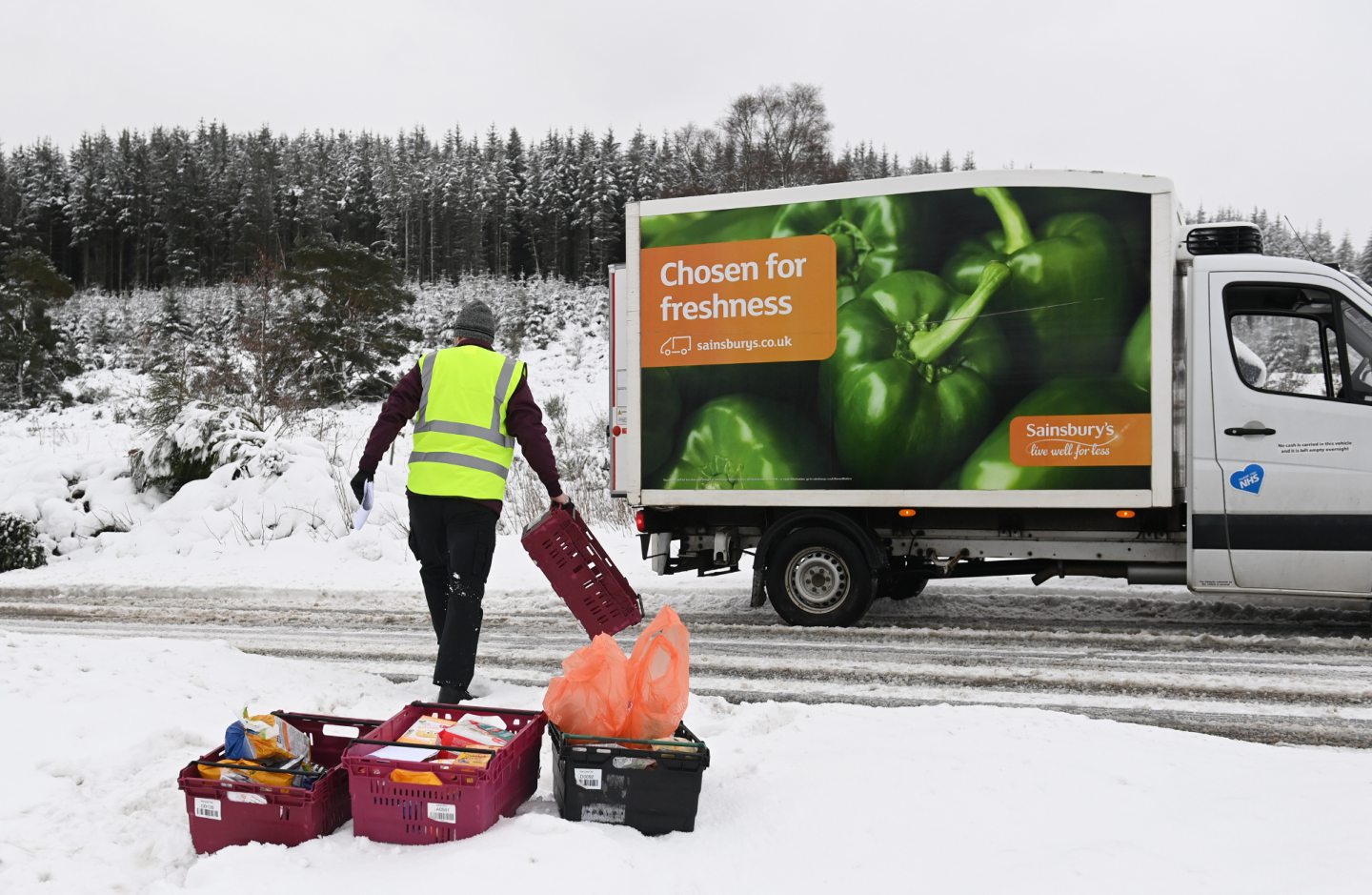National clinical director Jason Leitch has suggested that under 50s delivering a key service – such as teaching – could be prioritised for the vaccine.
Mr Leitch confirmed today that the Joint Committee on Vaccination and Immunisation (JCVI) is considering prioritising occupation for immunisation of those under 50.
Mr Leitch told BBC’s Good Morning Scotland that advice from the group will be acted upon when it becomes available.
The clinical director had been asked if supermarket workers and teachers should be prioritised as Scotland works its way down age categories for those next to receive the jab.
Mr Leitch said he can “understand the argument” for these workers to be prioritised.
He said: “Fortunately we have got a committee of the cleverest people in this field giving us the advice about what we should do about that very issue and for now they have said, the JCVI, use risk of death as your only measure to make that judgement.
“There is a little bit of confusion about the only professional exemption to that which is health and care workers.
“We are vaccinating nurses to protect patients, not to protect nurses. It is about the people they care for rather than them themselves.
“It might help with transmission, and it looks like it probably will, but for now this is about protecting those they care for and that is why we have moved from the 90s to the 80s to the 50s.
“For an over 90-year-old, you have to give 20 vaccines to save a life. For an over 50-year-old – me, I am 52 – to protect me we need 40,000 vaccines for my age group and that number gets bigger and bigger and bigger as you go down through the ages.
“Under 50, the joint committee are looking at profession priorities and we will take their advice when they give us it.”
The clinical director was also quizzed over the questions raised in South Africa over the effectiveness of the Oxford/AstraZeneca jab against the new variant of the virus.
Mr Leitch said he is “not overly worried” but believes people are “right to be cautious” and has called for more trials to “see how it behaves in the real world”.
The effectiveness of the vaccine was also explored after some care home residents tested positive for Covid-19 despite having received their first dose of the vaccine.
Mr Leitch said: “You don’t get guaranteed immunity. Immunity takes a while to build and it takes a little bit longer to build in the elderly.
“You don’t get the full protection the first injection is going to give you until about day 21 or day 22. You can catch the virus on day one, two, three or five and you can still get sick.
“You might have a little bit of protection in week two, more in week three, but the full protection this virus gives you doesn’t kick in until week four, so after day 21.
“The second dose will give you a little bit extra protection, not much, but it will extend your protection for weeks, months.
“So, unfortunately, whatever setting, whether it is a hospital worker, a care home worker or a care home resident, there is still a risk post-vaccine.
“Even after vaccine, your risk doesn’t go to zero, unfortunately.
“No vaccine is 100% effective.
“But these vaccines appear to reduce serious disease almost entirely. Nobody in the trials got hospitalised for instance in the UK wing of the Astrazeneca trial, but some still got infected so we have got to be careful.”
On the back of Scotland’s historic victory in the Six Nations at Twickenham at the weekend, Mr Leitch was asked the ever-elusive question that all sports fans seek an answer to – when stadiums may reopen.
He conceded that he would have loved to have been in attendance as Scotland won at the home of English rugby for the first time in 38 years, however, could not place a definitive date on crowds returning to stadiums.
“It is going to be some time yet, I can’t give a date,” he added.
“One of the big challenges we have – R number down, positivity down, prevalence still too high. Prevalence on its way down but last week 67 people were admitted to intensive care.
“I don’t mean that is how many we had in, we had more than that in, but actually the pipeline is probably the more important statistic.
“So 67 people were admitted to intensive care with this disease last week and many of them will die.
“We are not out of the woods. We are doing well and the population are really, really doing it, but we have got to be really, really cautious about any opening just now.”


